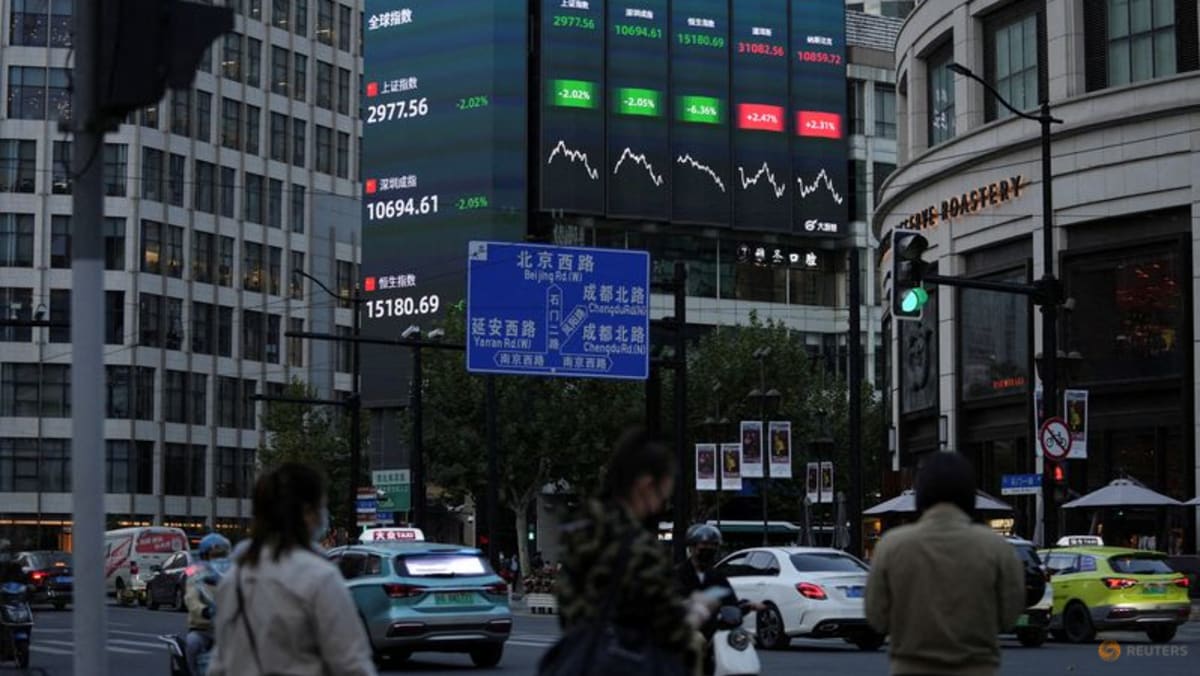
Second, local governments enjoy soft budget constraints. They have easy access to extrabudgetary financial resources, which are essential for them to fund investment projects and accommodate investment hunger.
Although the central government has strengthened its control over local government debts in recent years, soft budget constraints continue since ensuring economic growth remains to be one of the key performance indicators for local governments.
Third, China has a simulated financial market – key financial activities are orchestrated by the government. China’s central and local governments not only own and control most financial institutions, but they also possess the power of appointment and removal of executives.
The simulated financial market is essential to reinforce soft budget constraints and political objectives, so dominant players are not motivated by profit. Credit risks and counterparty risks are difficult to assess because they are strongly influenced by government decisions.
When risks cannot be appropriately assessed, it is difficult for financial products to be reasonably priced.
Furthermore, the heavy control of the government also means that the private sector has very limited access to formal financial resources and must rely mainly on informal channels which increase borrowing costs and uncertainties.
In the 1980s and 1990s, China was able to remove key institutional barriers to establish the goods and services market and the labour market, thereby releasing pent up energy to allow for rapid economic growth over the last 40 years.
China’s economy has also successfully integrated with the global economy under favourable international conditions, especially after its World Trade Organization accession in 2001.
However, China’s economy still has strong Hungarian characteristics, and there is no significant progress in developing the financial market, which is the most essential mechanism in allocating resources productively.

